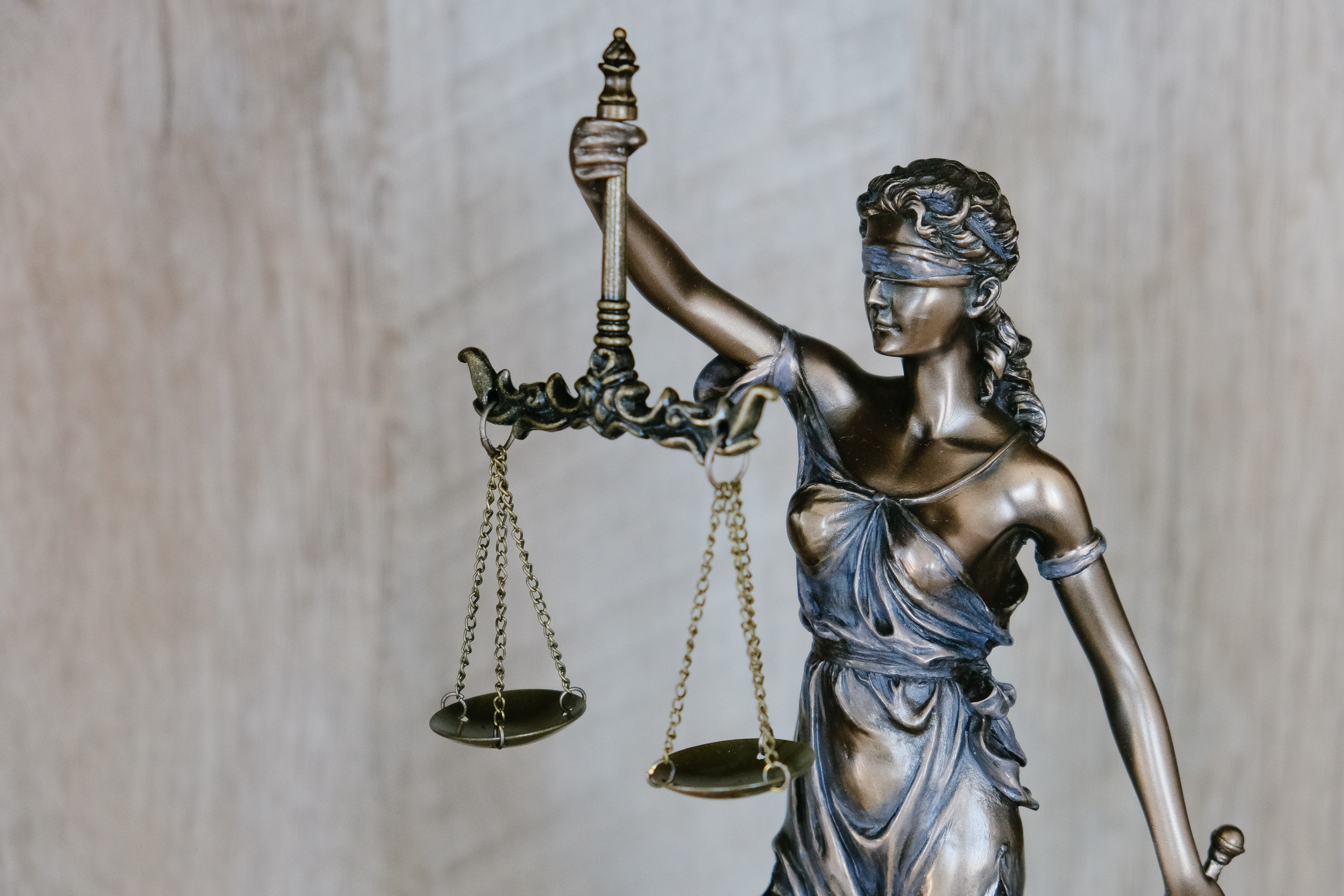
When you find yourself involved in a premises liability lawsuit, your next steps can be very important in proving your fault. Here, we’ll answer some of the most common questions regarding responsibility in these types of cases.
Table of Contents
Who Is At Fault?
In a personal injury lawsuit, it’s essential to know who is responsible for your injuries. This can be difficult to determine, as accidents can happen rapidly and without warning. However, by following the proper steps in a premises liability case, you may be able to prove who is at fault for your injuries.
For example, if you were injured while on the property of a business and the business was found negligent in their duties, you may be able to sue that business for damages. By following the correct legal steps, you may be able to show that the business was negligent and caused your injuries.
Gathering Evidence For Your Case
One of the most important steps in any personal injury case is gathering evidence. This evidence can be anything from eyewitness testimonies to medical records. It’s important to have as much information as possible when filing a claim, because the more you can prove, the stronger your case will be.
If you are injured in a place of business, their security footage may be a valuable piece of evidence. By seeing the events leading up to your injury, you may be able to build a stronger case against the business. You can also use home security footage if your accident occurred on residential property.
There are several circumstances of injury that qualify as premises personal injury.
Poorly Manufactured Or Damaged Stairways
One reason for this risk is that poorly manufactured or damaged stairways can easily give way under the weight of an individual, leading to a fall. In addition, steps can become loose and dangerous over time, posing a significant safety hazard. If you are injured as a result of someone else’s negligence in relation to your staircase, you may be able to pursue legal action on your behalf.
Walkways With Cracks Or Lumps
Walkways with cracks or lumps can be dangerous for both pedestrians and drivers. The bumps and uneven surfaces can cause people to trip, while the gaps in the walkway can allow cars to drive over them. When walking on a walkway with these issues, be aware of your surroundings and stay alert for vehicles approaching from either side. If you are injured as a result of a walkway with these issues, contact an experienced personal injury lawyer to discuss your case.
The Use Of Faulty Equipment
When someone is injured as a result of using faulty equipment, the law typically considers the person to have been at fault. This means that the injured person is responsible for any injuries that occurred as a result of using the faulty equipment, even if they did not know about the defect. In order to win a lawsuit based on faulty equipment, the plaintiff must demonstrate that: (1) there was a defect in the equipment; and (2) using the defective equipment was a cause of their injury.
Broken Glass Or Other Harmful Materials
If someone is injured by broken glass or other harmful materials, they may be able to sue the person or company that caused the accident. This can help them get financial compensation for their injuries, as well as any physical and emotional harm that was caused. In order to prove fault in a personal injury case, the plaintiff must have evidence that points to the defendant’s negligence. This can include eyewitness testimony, video footage, or other documents that show how the accident occurred and who was at fault.
Proving Fault In Premises Liability Cases
It’s also important to remember that not every negligence claim requires proof of fault on the part of the defendant. In fact, many times plaintiffs will only need to show that the defendants were careless or reckless in their duties. This means that it’s not always necessary to identify who was at fault for an accident.
You need to prove that the alleged responsible party was aware of the circumstances that caused your injury and failed to take reasonable steps to avoid it. In some cases, this will involve proving that the defendant was actually responsible for your injury.
If you’re involved in a premises liability lawsuit and need help understanding your rights and responsibilities, don’t hesitate to contact an experienced attorney. They will be able to guide you through all of the legal steps involved in this type of case and help ensure that you receive fair compensation for your injuries.
